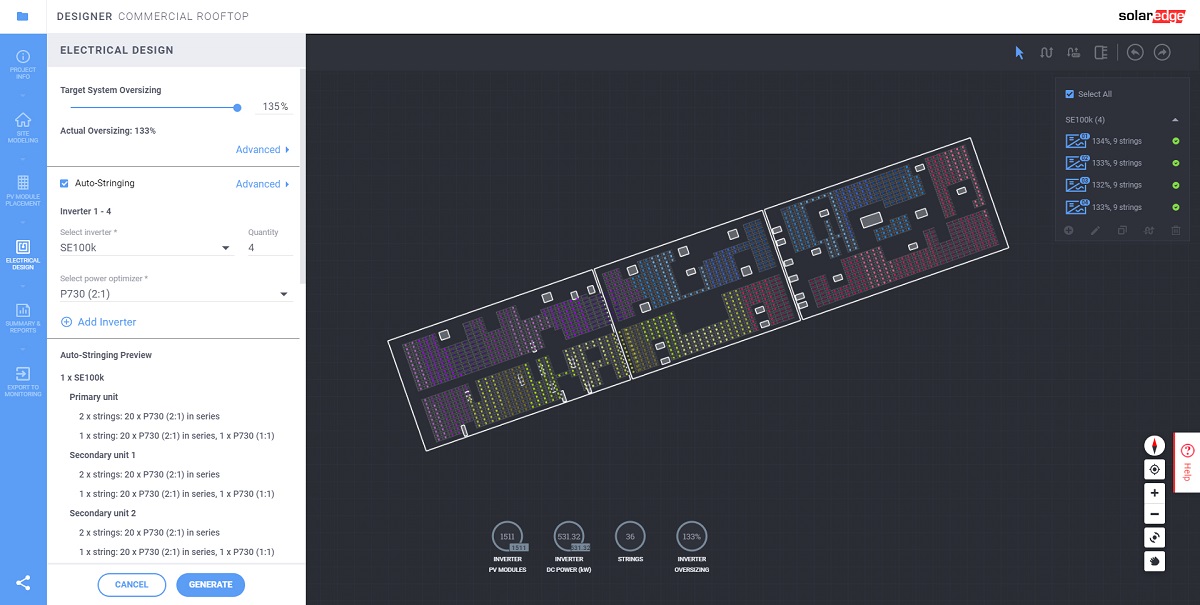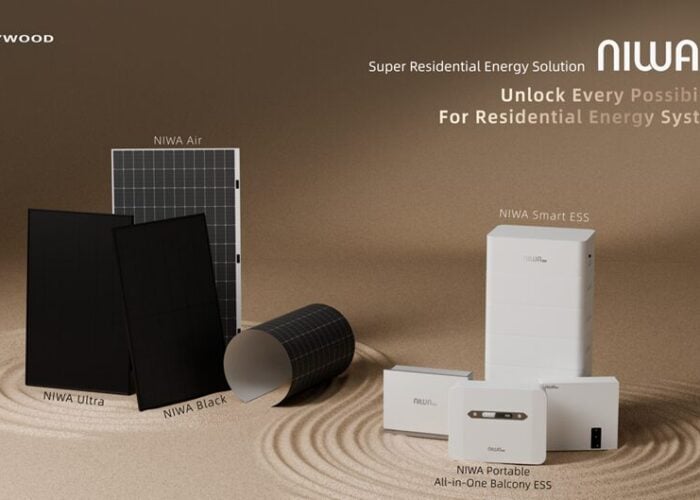
The evolution of the PV industry has placed many new demands on the development and performance of PV tools and equipment, especially the inverter.
Some of these demands come from the introduction of new standards, such as meeting safety regulations or grid requirements. While at other times, it has been influenced by innovation and consumer demand, such as propelling the transformation of the inverter into a smart energy manager that controls PV generation, battery storage, and other smart energy devices.
Unlock unlimited access for 12 whole months of distinctive global analysis
Photovoltaics International is now included.
- Regular insight and analysis of the industry’s biggest developments
- In-depth interviews with the industry’s leading figures
- Unlimited digital access to the PV Tech Power journal catalogue
- Unlimited digital access to the Photovoltaics International journal catalogue
- Access to more than 1,000 technical papers
- Discounts on Solar Media’s portfolio of events, in-person and virtual
These new demands, however, are not only limited to PV hardware, and extend to other services, such as support tools and software. While this may be a natural progression for most industries, for the PV industry, it is especially important to support the fast pace of PV market growth.
These tools allow installers to become more efficient in their sales, planning, and design processes and are also critical for maintaining competitiveness, enabling the industry to grow as a whole. One tool that is particularly crucial in this process is design software, as it has impact on the sales, ordering, and installation.
From the initial sales meeting or proposal process, PV design software can serve as an incredibly powerful tool – one that may even help close a sale. If developed and used correctly, PV design software can act as a foot in the door and help to visualise an installation for system owners. Installers and sales teams can show up to their customer meetings with a know-before-you-go edge and already have a compelling customer proposal in hand, without requiring a lot of investment.
However, PV design software can act as more than a sales tool. It can help streamline the entire planning and design process, which can be expensive and resource-intensive. This is particularly true as multiple factors, such as, regulatory/grid/accessibility/load requirements climate, consumption needs, modules layout, shading, efficiency and proper sizing, need to be factored in to ensure optimal system performance. With automation features, such as automatic string layout for commercial PV systems, duplicated wired blocks of modules, PV system design can become a much more efficient process and reduce soft costs, which can be an important driver for solar power adoption and provide a competitive business edge.
No less important is the ability for these design tools to help reduce faulty design decisions, which can be very expensive. Providing further benefits, design tools also integrate simulations such as shading analysis, irradiance analysis, and system availability, in order to provide a more holistic PV proposal. Couple these features with additional functionality, such as BoM reports, ERP next steps, and fleet management, and these design tools are becoming an end-to-end management solution for PV installers. Integrating all of the different design stages into one tool instead of using multiple software platforms for modeling, yield calculations, ordering, and installation, helps to streamline these processes and significantly reduce complexity. In addition, these tools are migrating to be web-based and free to offer widespread support.
As these PV design tools continue to evolve, they will not only offer full design capability but also plan energy management systems for homes and buildings. As inverters are managing more and more energy resources, such as batteries, EVs, hot water heaters, and other smart devices, in addition to grid interaction and other market requirements, PV design tools are becoming comprehensive design tools for complete energy management systems. Energy design tools are likely to become increasingly important as these energy systems become more integrated and inclusive, and begin functioning as smart energy ecosystems.







